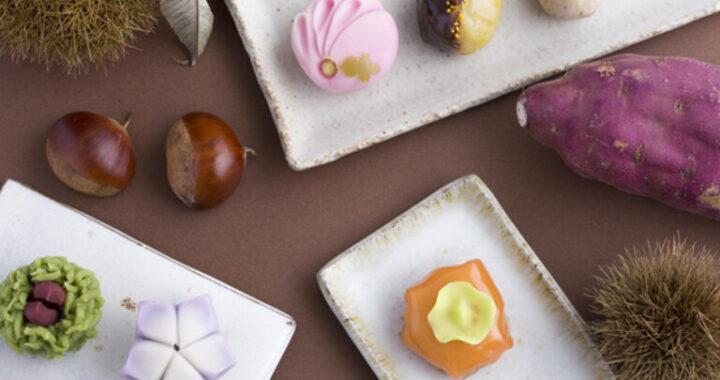A natural phenomenon as spectacular as the sakura of springtime is the coming of the Japanese autumn leaves, or kôyô (紅葉). Japanese forests are transformed with bright red, orange, and yellow foliage, and the star-shaped leaves of the momiji or Japanese maple trees, are exceptionally breathtaking!
Wagashi artisans incorporate these vibrant colours into their creations, evoking the beauty of autumn foliage and the changing landscape. Therefore, wagashi designs during this season often depict autumn leaves, such as maple or ginkgo. This is especially the case for jô-namagashi (上生菓子).

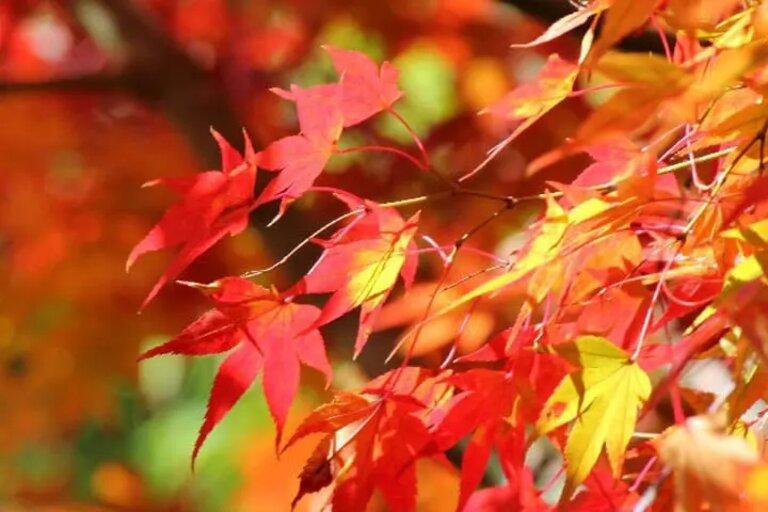
Autumn is very bountiful in terms of seasonal wagashi ingredients. Some of my favourites include sweet potatoes, chestnuts and persimmons. Good examples of wagashi that can be associated with autumn are momiji-manjû (紅葉饅頭), which are maple leaf-shaped cakes, usually with a red bean filling, kuri-manjû (栗饅頭), which are chestnut-filled steamed buns, and various flavoured yôkan (羊羹), such as sweet potato, persimmons, pumpkin or chestnuts.

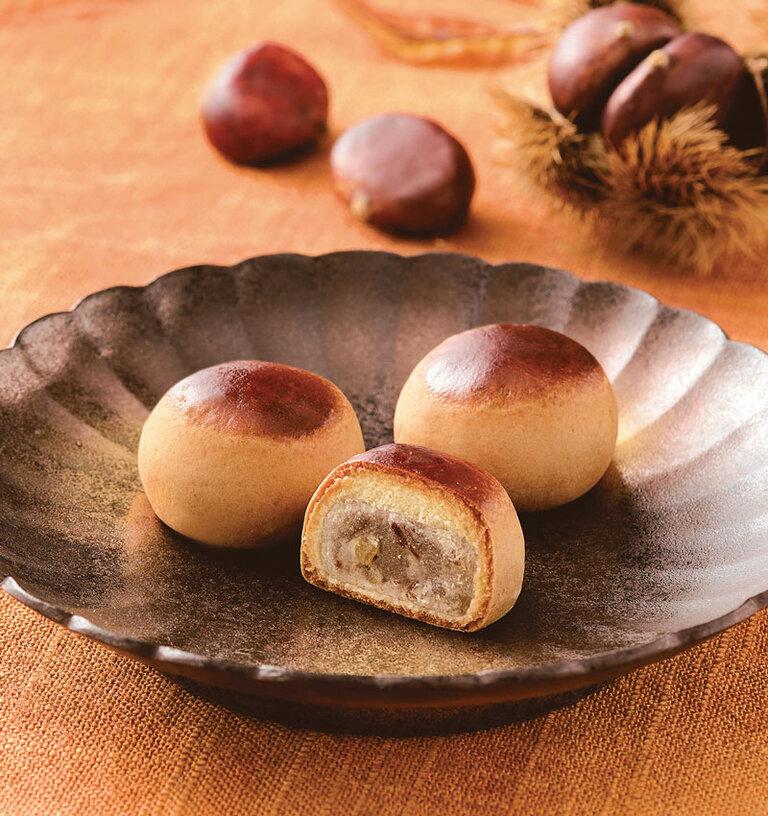
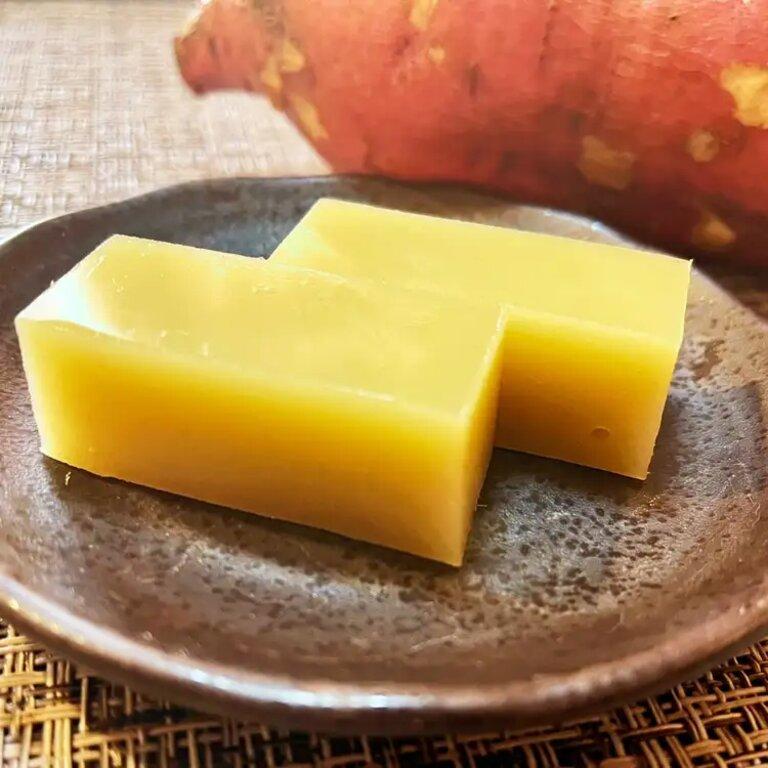
It is possible to find tasty wagashi made for autumnal celebrations, such as the moon-viewing gathering called tsukimi (月見). This traditional custom celebrates the autumn moon and directly translates to ‘moon viewing’ in Japanese. It signifies a time when people can gather to appreciate the moon’s beauty together. During the tsukimi festival, it is common to set up small altars or displays adorned with offerings, such as rice dumplings called tsukimi-dango (月見団子), that show gratitude for the harvesting of crops and acts to honour the moon. Luckily, it is also customary to enjoy mochi or daifuku, mochi filled with anko, on this occasion!
In relation to tsukimi, there are also many rabbit-themed wagashi to find during autumn. According to Japanese folklore, there a rabbits living on the moon, and it is said that the surface of the moon itself resembles the image of a rabbit (sometimes, this rabbit might even be seen pounding mochi).


To go along with our sweets, I have picked a selection of Obubu’s teas that are guaranteed to provide warmth and comfort in the months of autumn.
Bancha (番茶) is a beautiful and humble everyday tea. The bancha leaves are taken from the lower part of the tea plant and are slightly bigger and rougher than the ones used for sencha. After the harvest and steaming, the whole leaves, including stems, go through the same rolling process as sencha, but the final product is slightly flatter needles due to the different quality of leaves. As it is made from coarser leaves and contains stalks and stems, it is low in caffeine, but at the same time, it is full of nutrition. Obubu’s Yanagi Bancha has a mild and approachable flavour that is wonderful, along with sweets.
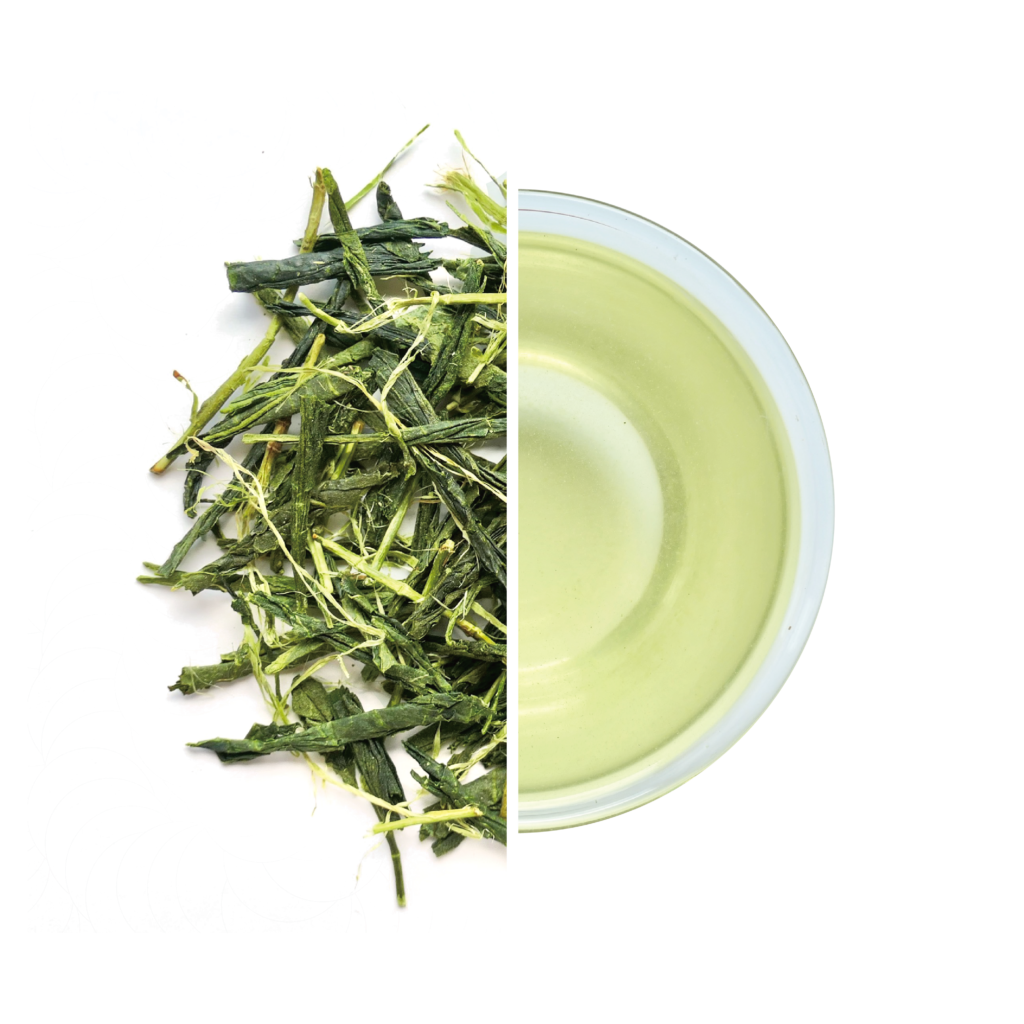
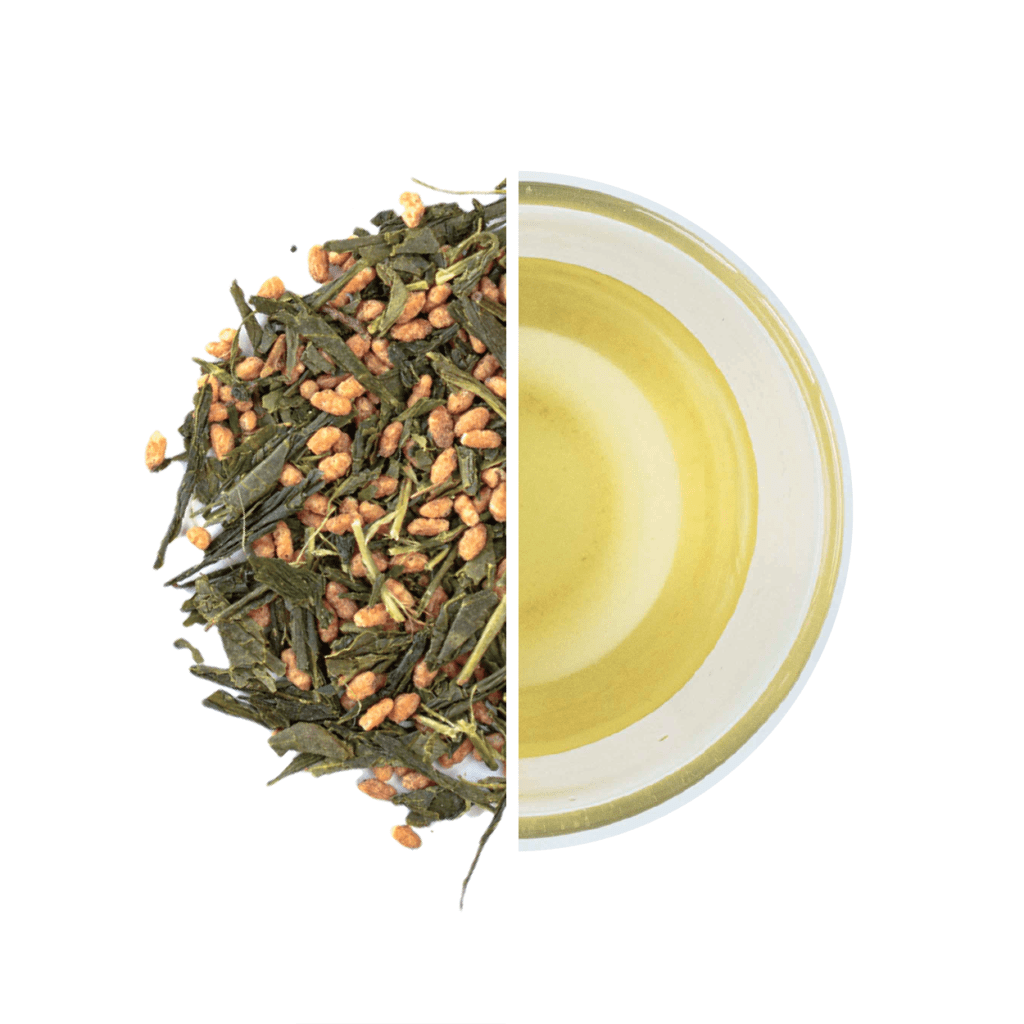
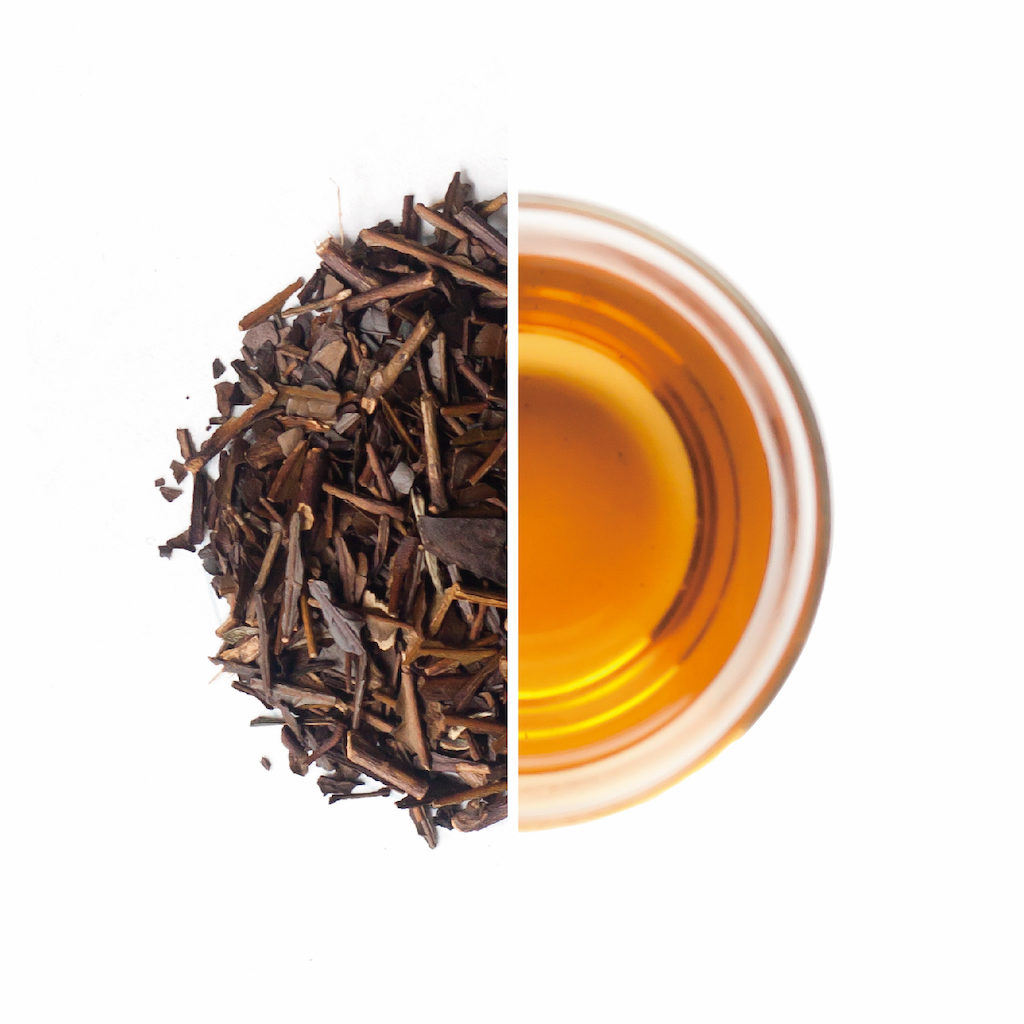
Genmaicha (玄米茶) is made from bancha but mixed with genmai, a type of roasted mochi rice that adds a nutty and toasty flavour to the green tea’s fresher notes. Obubu’s Genmaicha is a crowd favourite, loved by staff, interns, and tea tour guests alike.
Sometimes, bancha is roasted and turned into my all-time favourite group of teas: hôjicha! While most hôjicha is made using bancha, I also wanted to mention Tsugumi Kukicha, which might be my all-time favourite Obubu tea. Tsugumi Kukicha uses the stems that are leftover from the summer tencha production, and once roasted, they have a slightly woody and toasted aroma.
I hope that this autumn, everyone will get the chance to enjoy sweets along with a warm cup of tea while admiring the beauty of the big white moon. Maybe, with a little bit of luck, you will even spot a little mochi-pounding rabbit in the night sky!
References
Shiozaki, T. (2017). Best Seasonal ‘Wagashi’ Throughout the Year. All About Japan. https://allabout-japan.com/en/article/5379/ (Accessed 9/4/2024)
Kokoro Care Packages (2024). Momiji Manju: A Taste of Japanese Autumn. https://kokorocares.com/blogs/blog/momiji-manju-a-taste-of-japanese-autumn (Accessed 3/4/2024).
Shun Gate (2018). Kisetsu to Deau: Aki no Wagashi [Encountering the Seasons: Autumn Wagashi]. https://shun-gate.com/power/power_62/ (Accessed 1/3/2024).

